

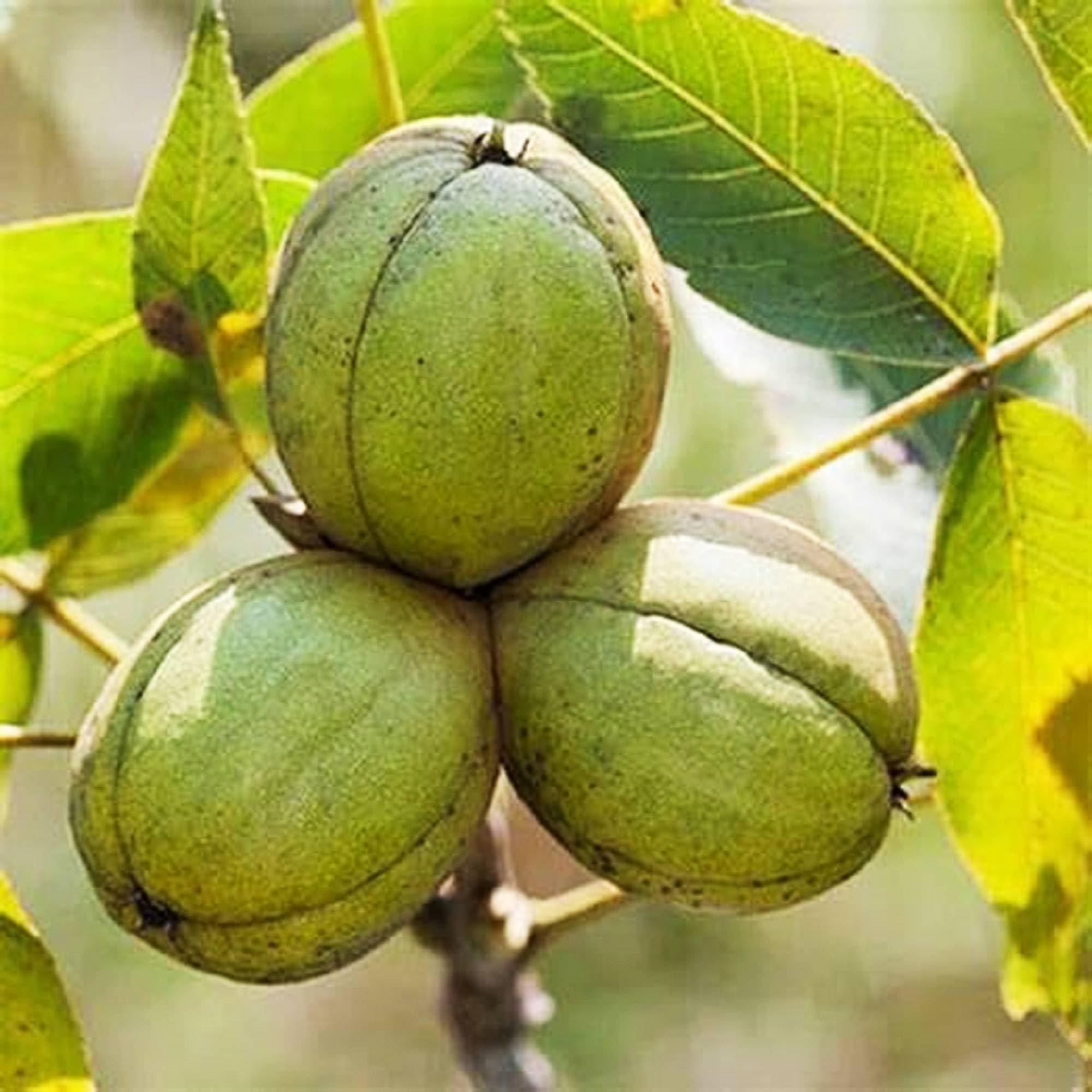
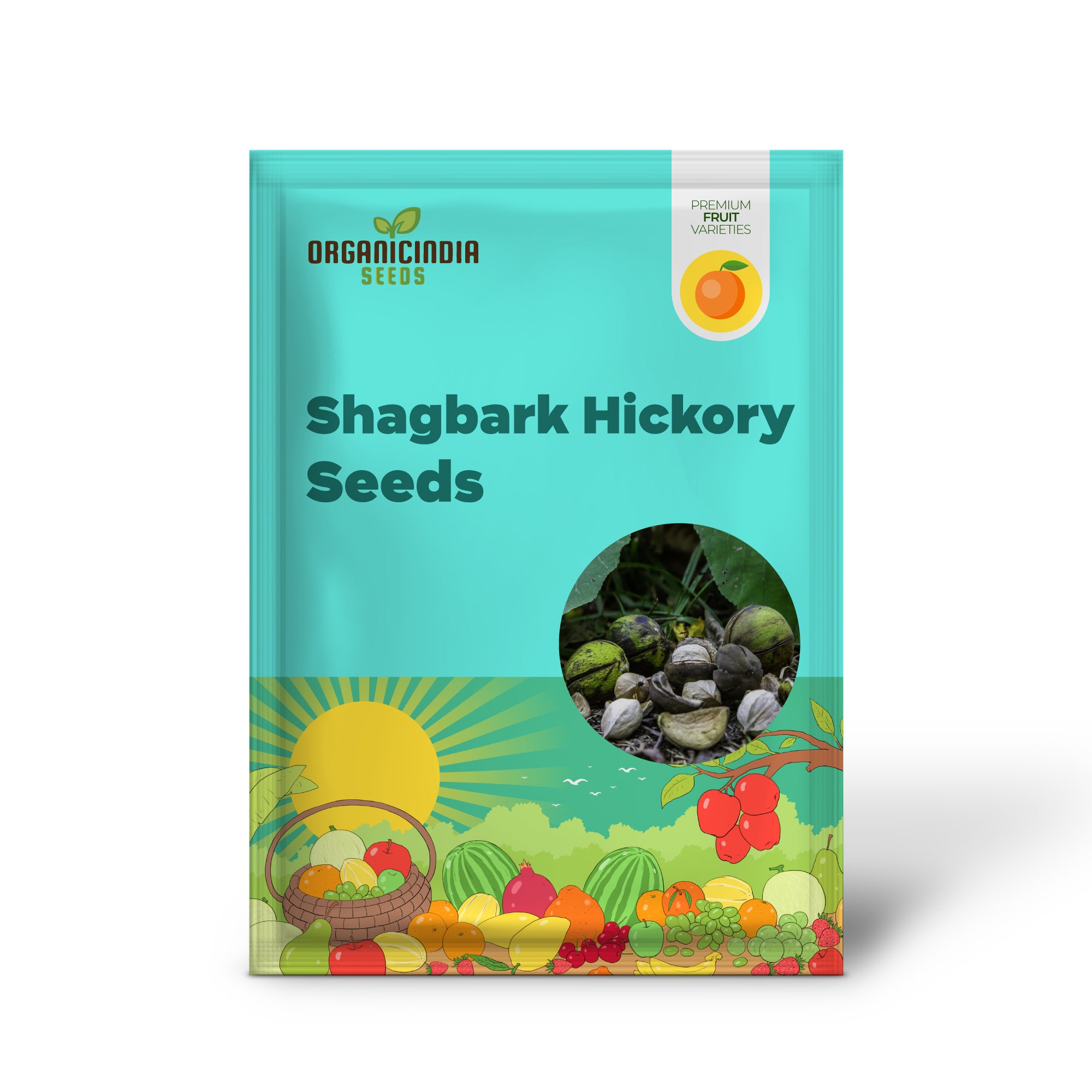
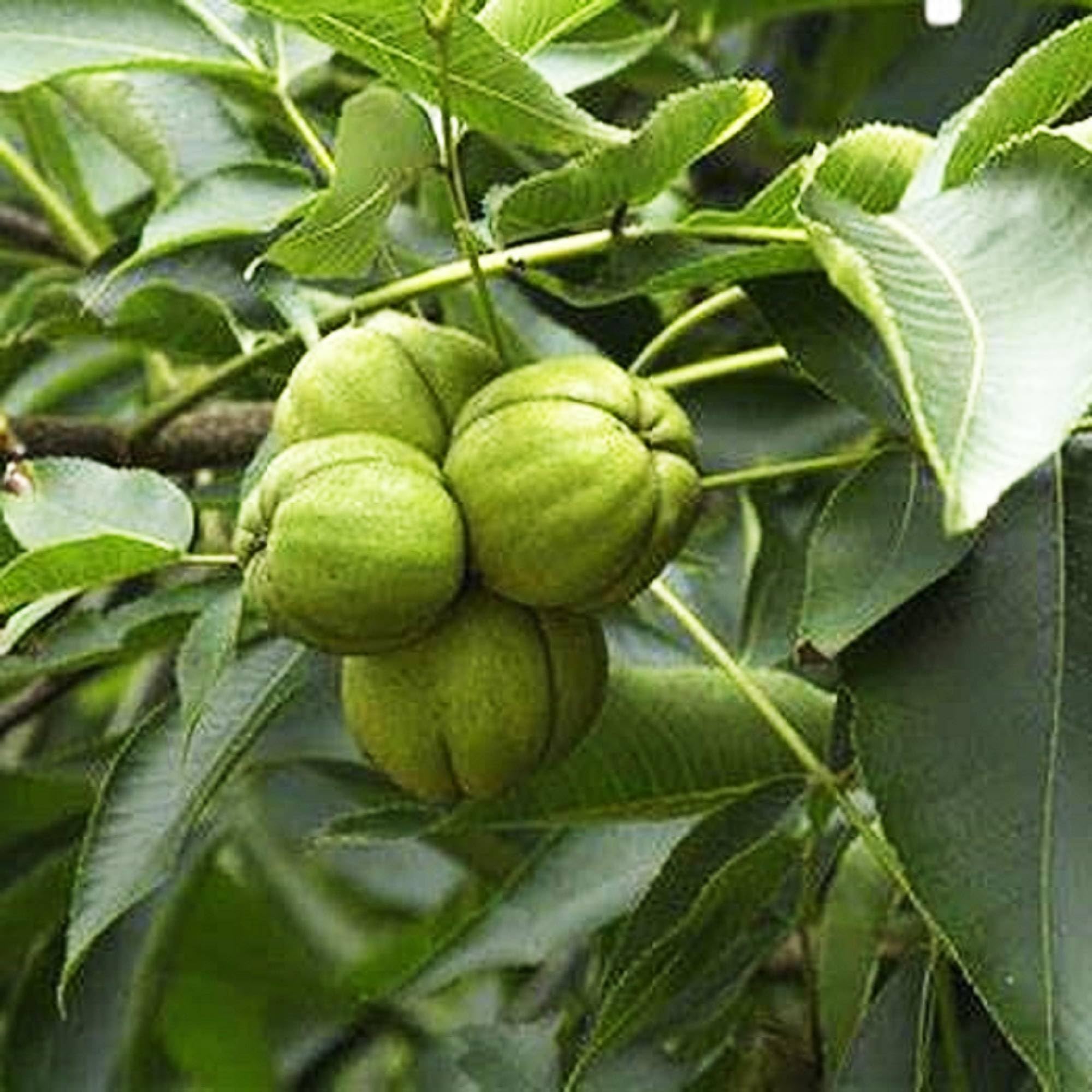
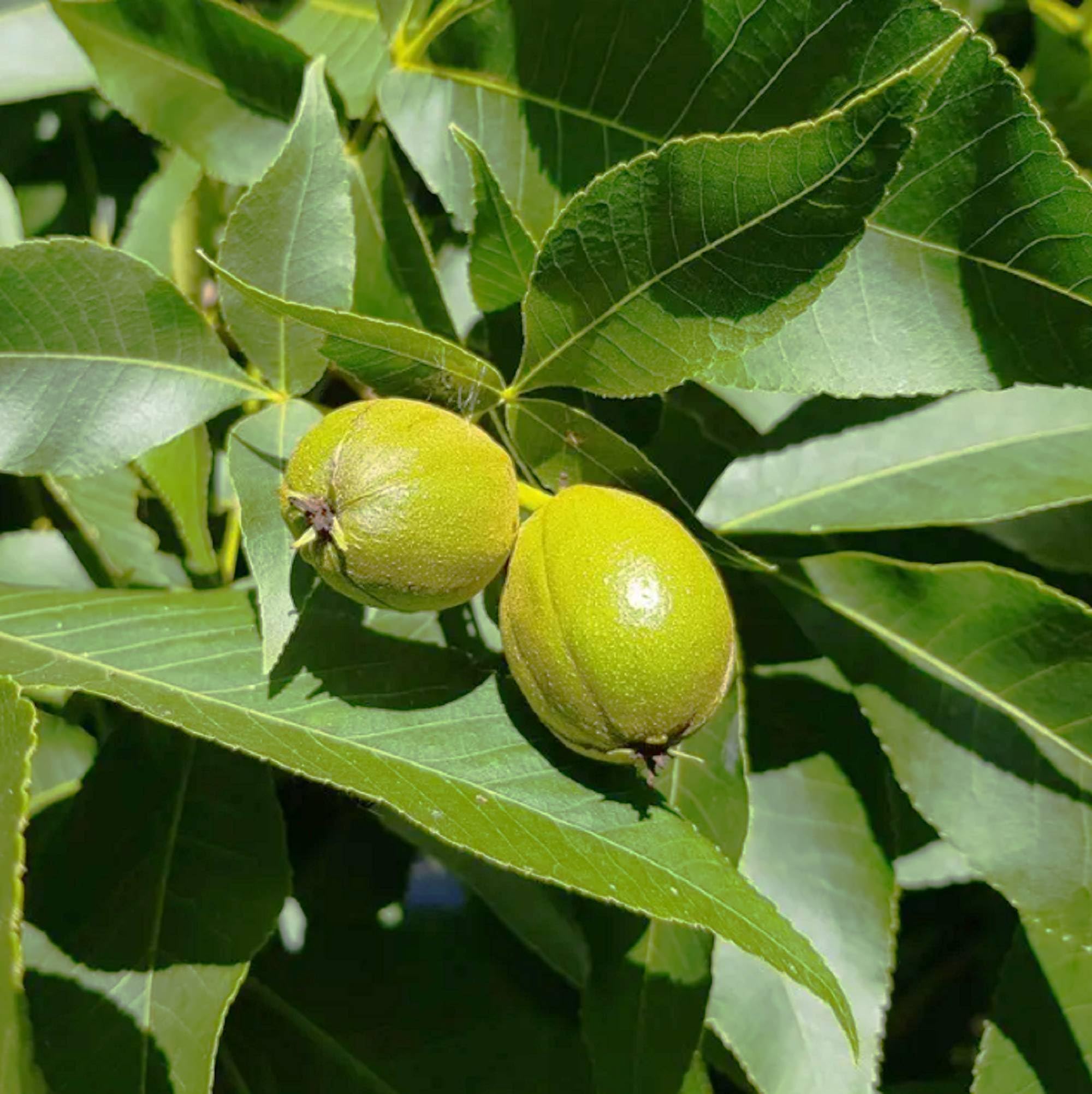
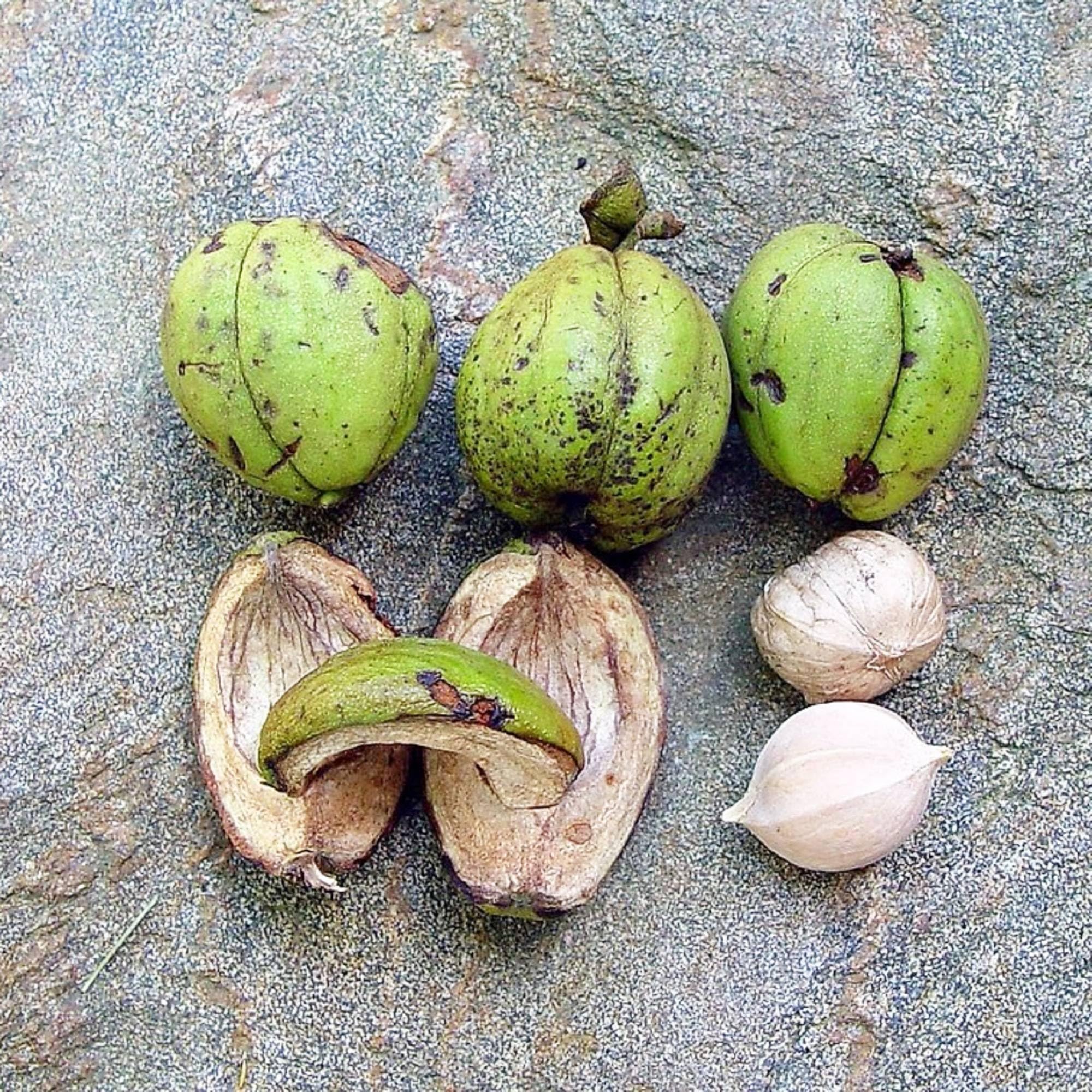


Free Shipping
Safe & Secure Payments
Grow your own Shagbark Hickory (Carya ovata) trees from premium Non-GMO seeds and enjoy their delicious, buttery-flavored nuts and iconic shaggy bark. This native North American tree is valued for both its ornamental beauty and nut production, making it an excellent addition to home orchards, wildlife gardens, and native restoration projects.
Shagbark Hickory Trees are long-lived, slow-growing, and highly adaptable. Their strong wood and striking bark texture make them stand out in any landscape, while their nuts are a favorite among people and wildlife alike. These trees thrive in temperate climates with well-drained soils and are extremely cold-hardy.
Produces sweet, edible hickory nuts rich in flavor
Non-GMO and naturally sourced seeds
Native to North America; excellent cold hardiness
Distinctive ornamental bark and sturdy growth
Ideal for edible landscapes, reforestation, and wildlife habitats
Common Name: Shagbark Hickory
Scientific Name: Carya ovata
Plant Type: Deciduous nut tree
Growth Habit: Tall, upright with rounded crown
Height: 60–80 feet (18–24 m)
Spread: 30–50 feet (9–15 m)
Fruit Characteristics: Large, thick-shelled nuts with rich, buttery flavor
Bloom Time: Spring
Harvest Season: Late fall
USDA Hardiness Zones: 4–8
Sun Exposure: Full sun
Soil Type: Deep, fertile, well-drained loamy soil
Soil pH: 6.0–7.5
Watering: Moderate; tolerates short dry periods
Temperature Range: 45–90°F (7–32°C)
Season: Best planted in spring
Germination Time: 60–120 days (requires cold stratification)
Plant Spacing: 30–50 feet apart
Pollination: Wind-pollinated; plant multiple trees for best yield
GMO Status: Non-GMO
Organic Status: Naturally grown (non-certified)
Stratify seeds for 90–120 days at 35–40°F before planting.
Sow seeds 1–2 inches deep in moist, well-drained soil.
Keep soil consistently moist until germination (60–120 days).
Transplant seedlings outdoors after the last frost in a sunny area.
Space trees 30–50 feet apart for optimal nut development.
Water regularly during establishment, then reduce frequency once mature.
Choose options






